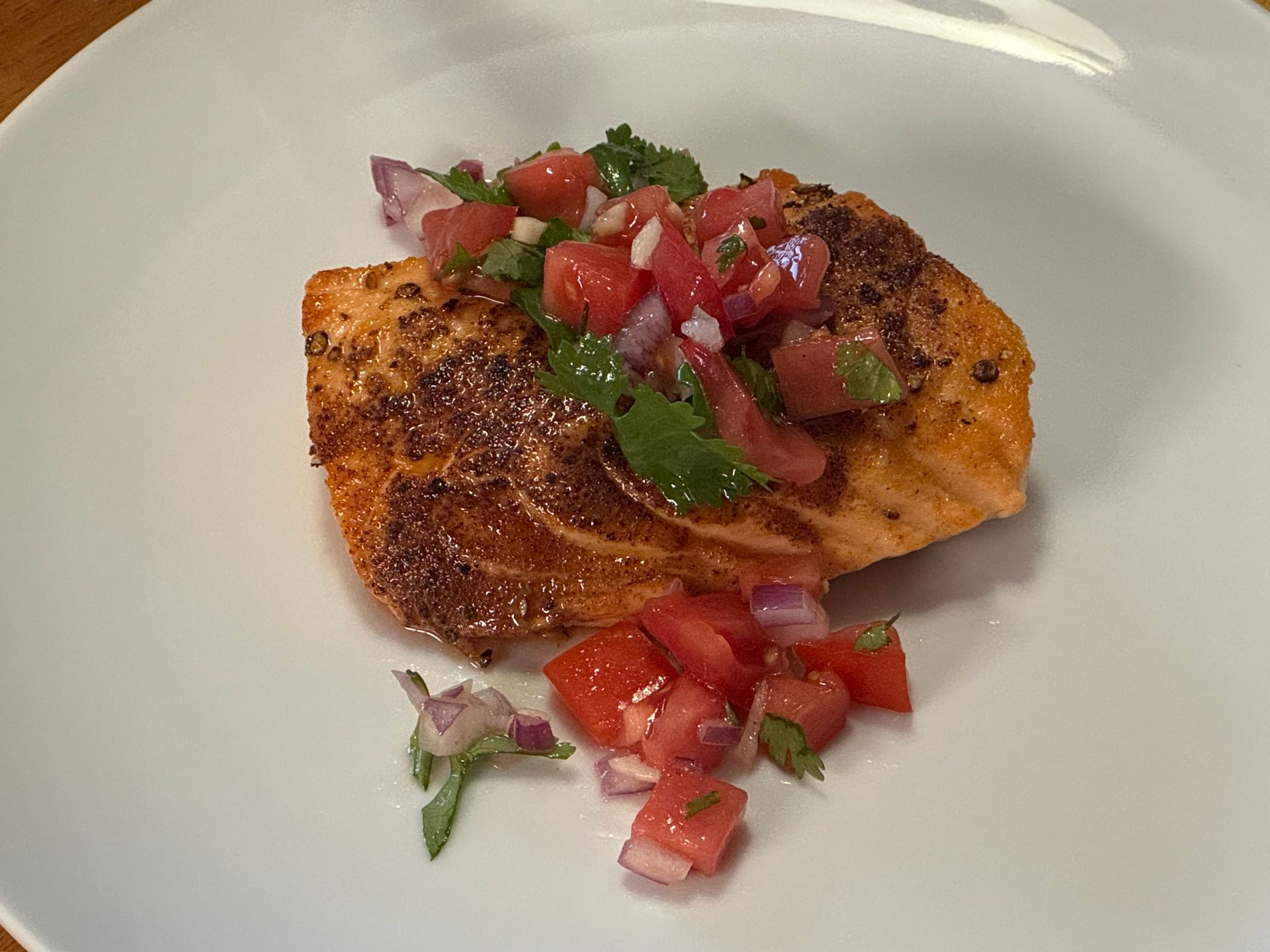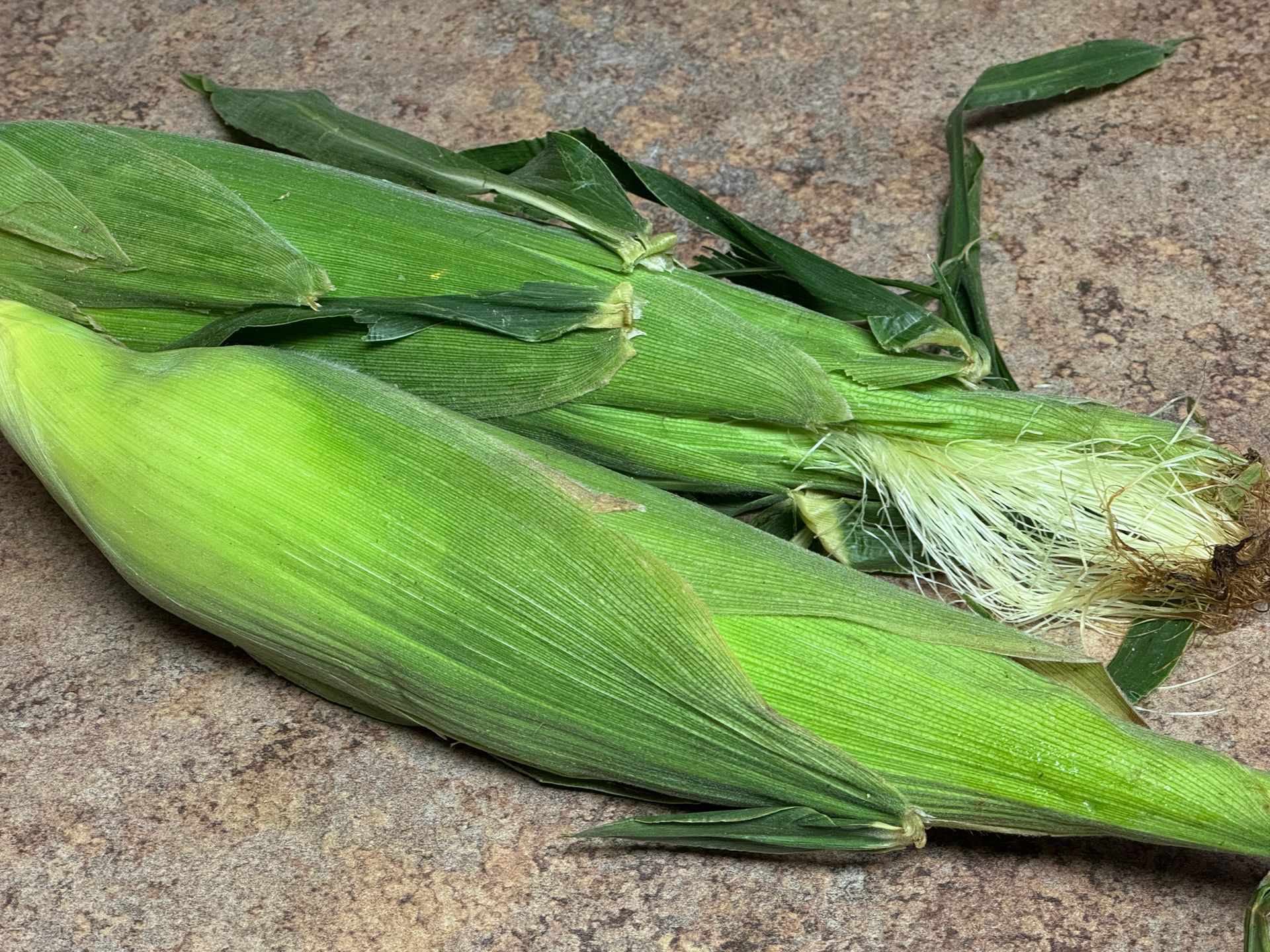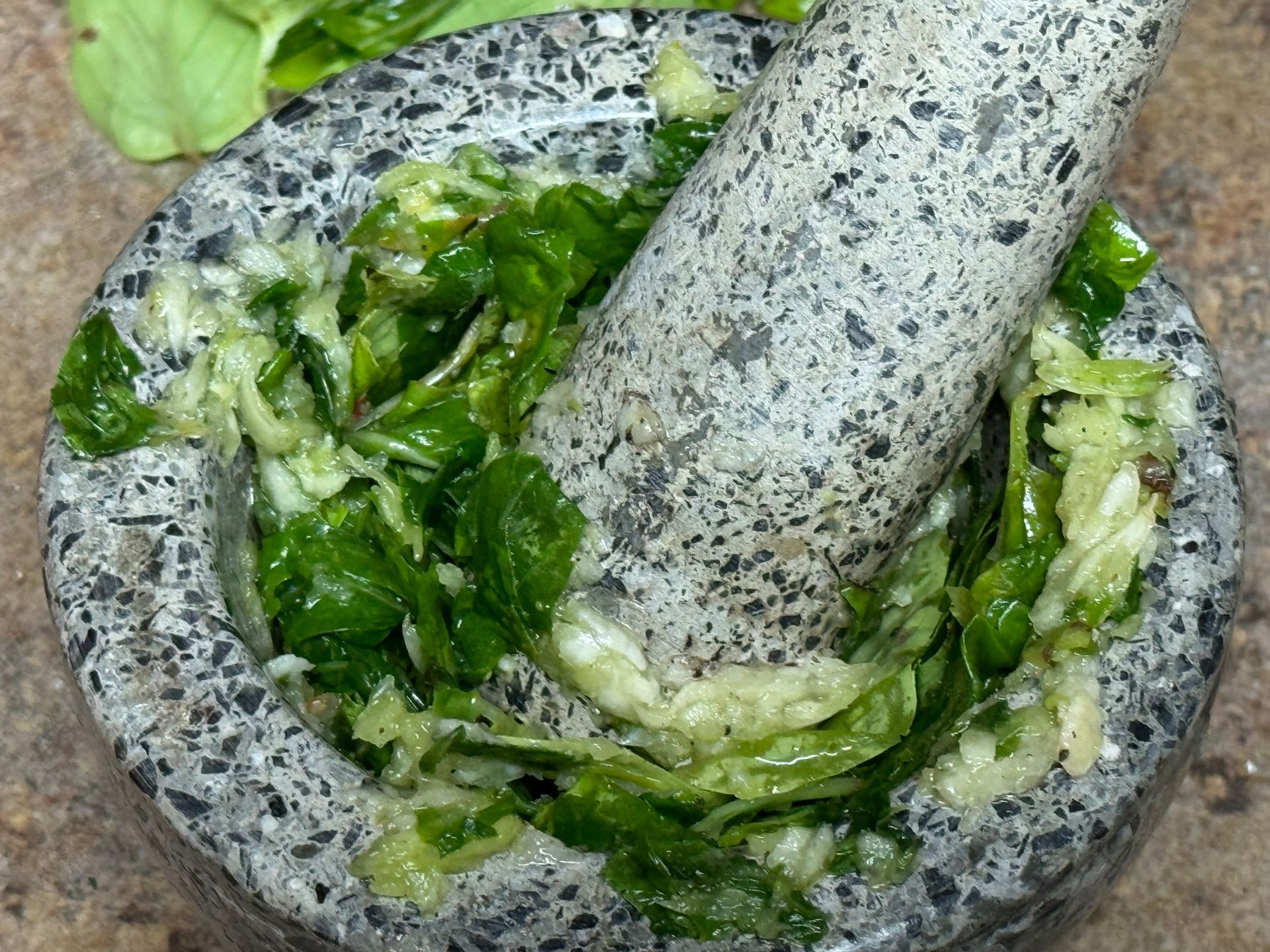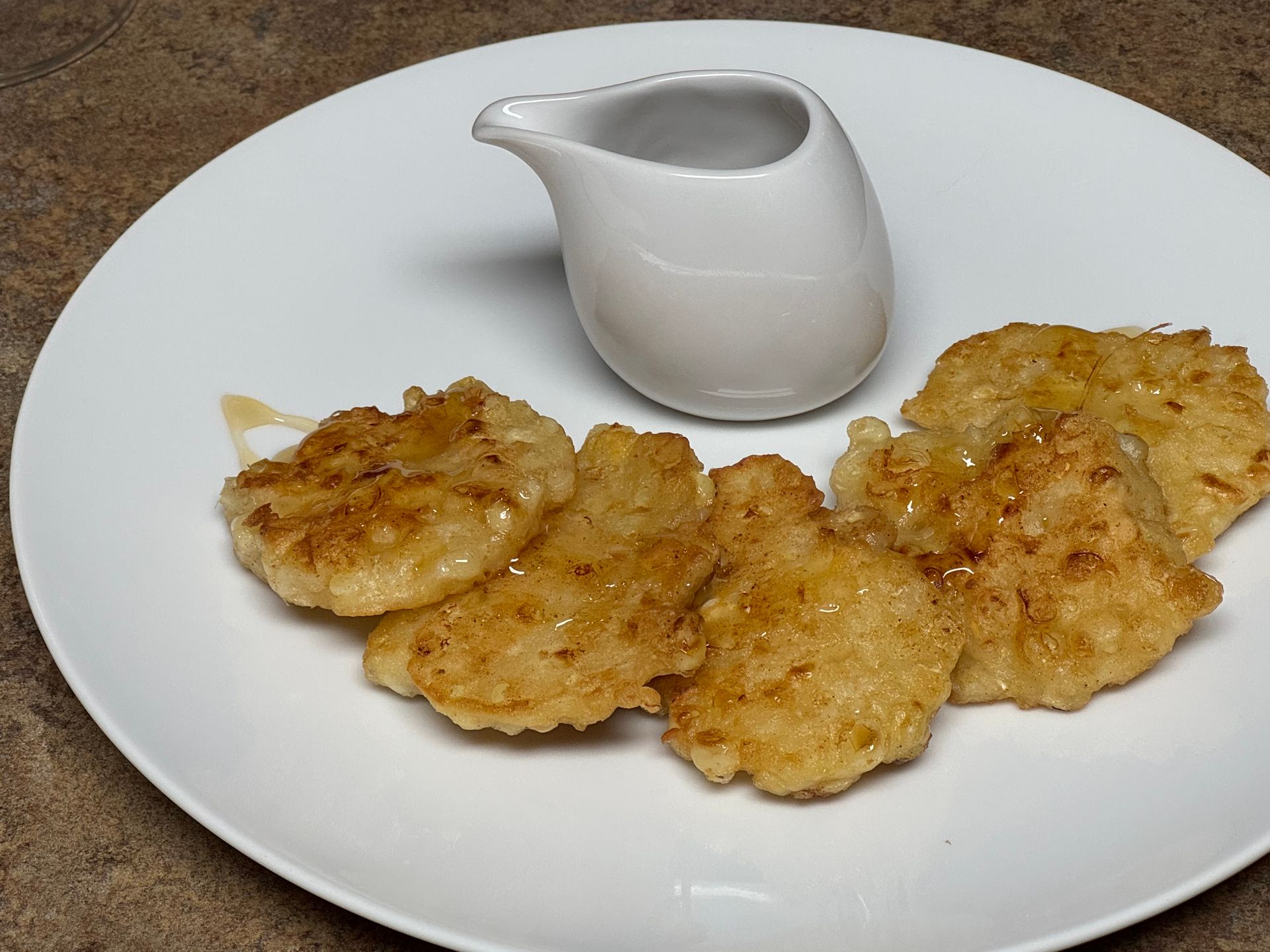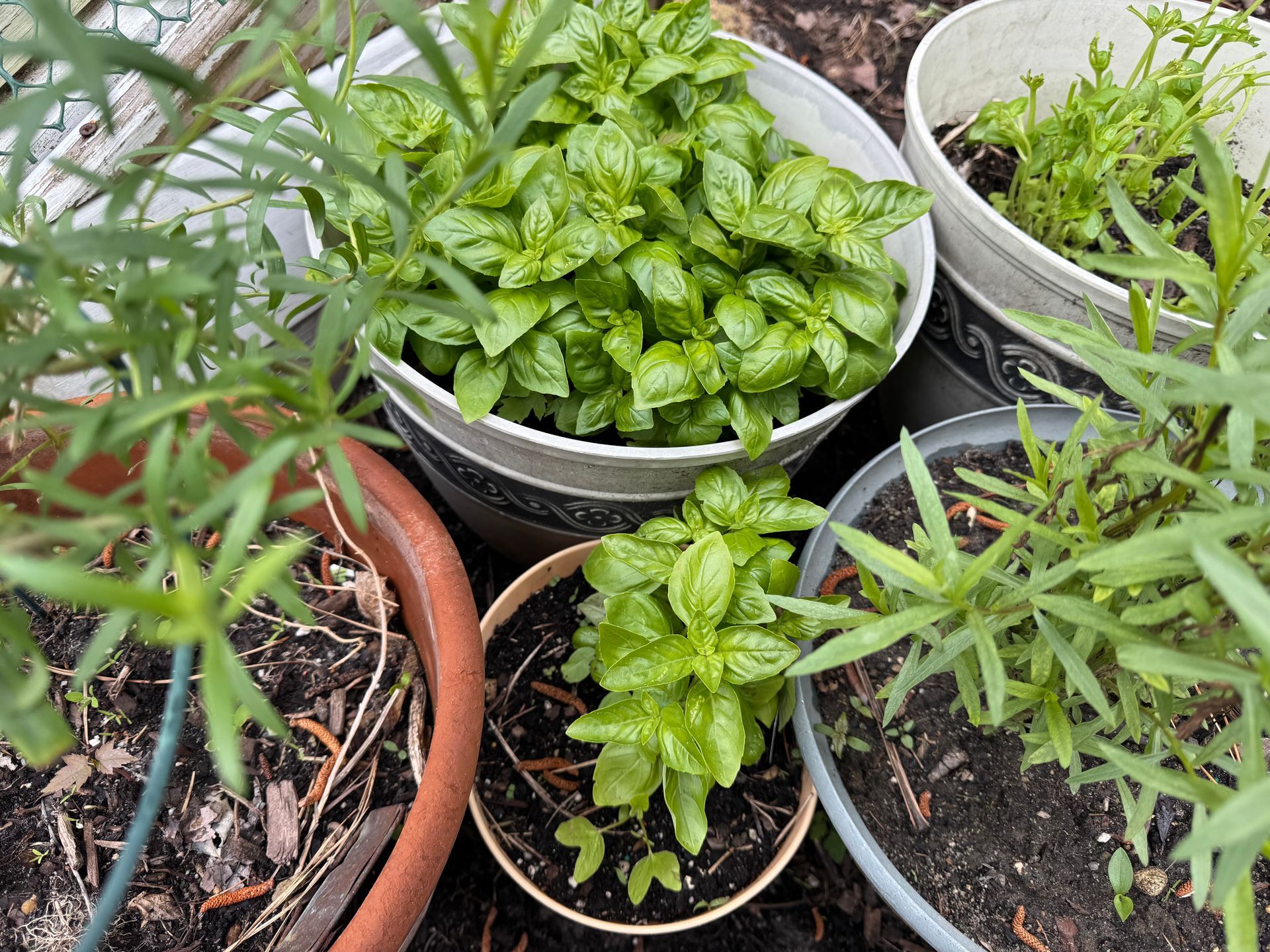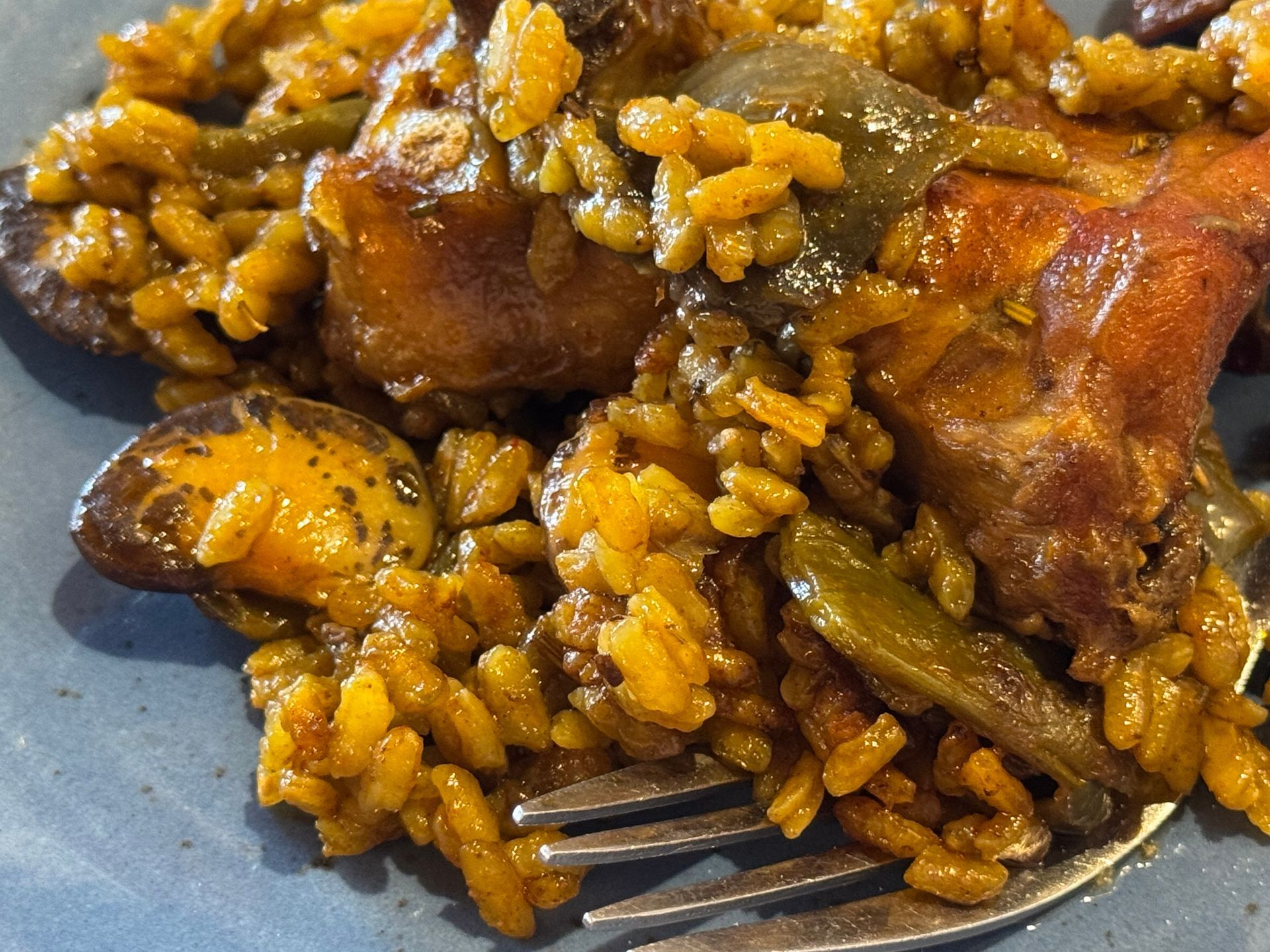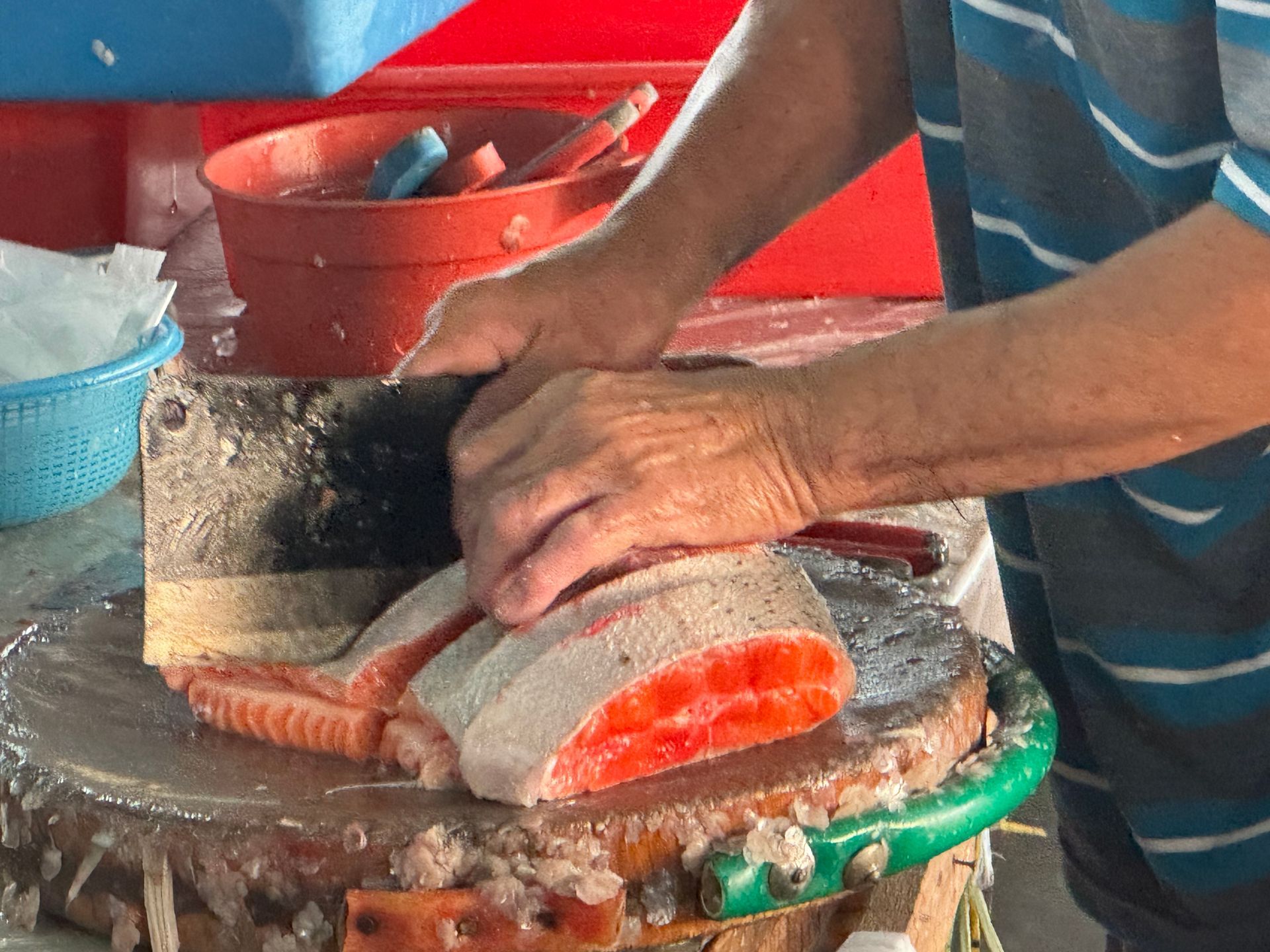
One of the more challenging classical seafood dishes I know of requires fabricating a whole fish in to perfectly even darnes, trussing the darnes and then gently poaching in a Court Bouillon.
While the darnes are still quite hot, the pin bones need to be pulled (they are on a diagonal), the butcher twine needs to be cut away, the skin needs to be peeled and the seafood must be plated without breaking... and served piping hot with Sauce Hollandaise & boiled, tourneed potatoes. I repeatedly practiced this dish for the CMC exam with a whole salmon... quite the challenge!
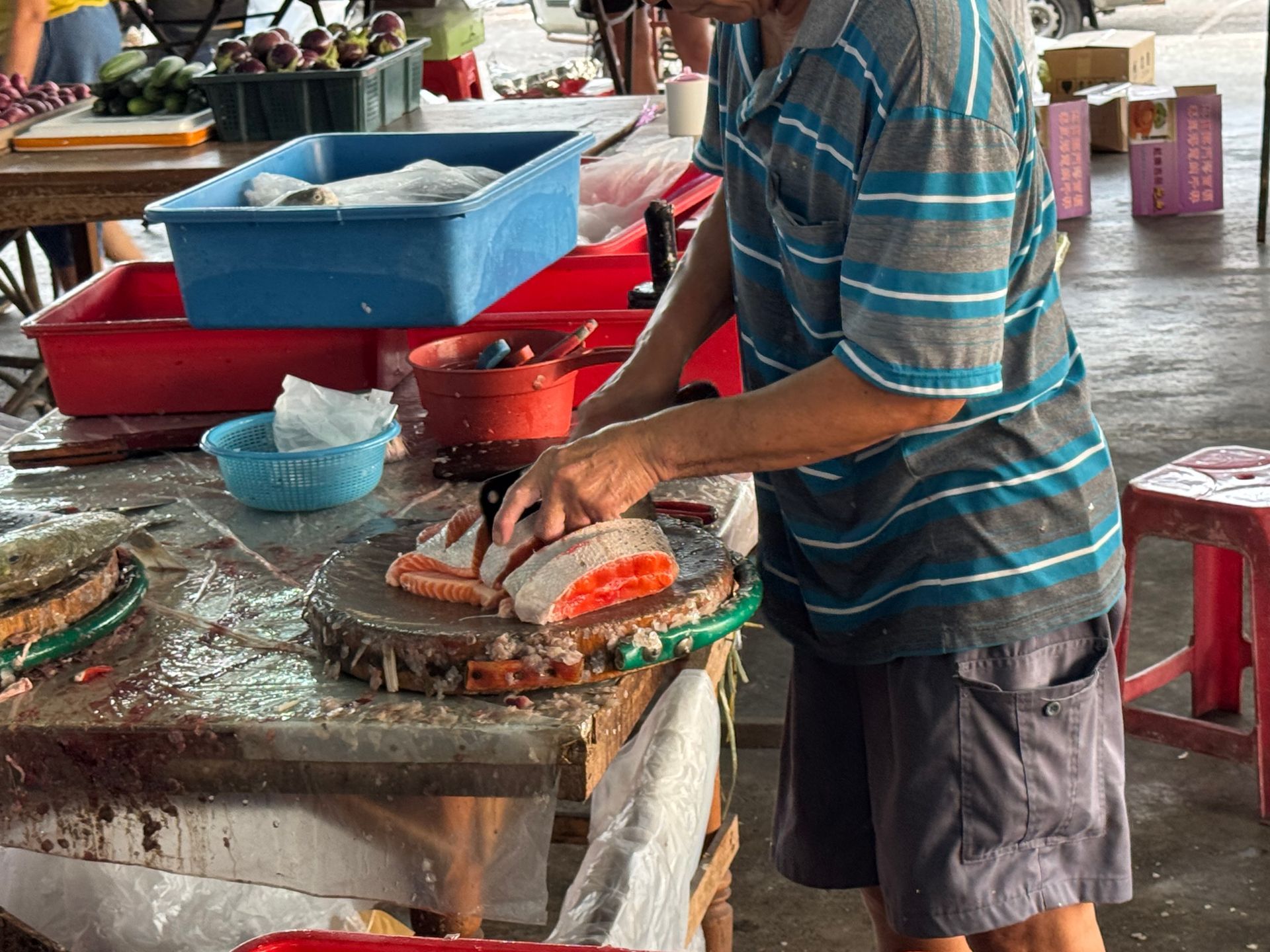
Darne of Salmon
Fabricating seafood is a tremendous amount of work, requiring experience, proper technique, patience & the correct tools. One of my responsibilites at my first professional cooking jobs was 'fish butcher'. I loved it and remember the fins, bones, gills etc... constantly pricking my fingers when I fabricated a large variety of seafood. Cuts from fish are no fun, they get infected and take a very long time to heal!
These days I wear thick gloves for protection & use strong shears, tweezers, boning knives and a small cleaver to make the job more manageable.
I believe most consumers refer to the thick, cross cut (skin on and with bones) of whole fish as a steak. Chefs call this cut a darne! I rarely see darnes of seafood at national grocery stores but often see this cut at Asian markets.
There is a small portion of the back bone in the cut which holds he fish together nicely but trussing with butcher's twine is the best way to hold the darne together.
I like to poach the darnes although it's perfectly delicious sautéed or grilled.
These pictures are taken at an outdoor food market in Malaysia. There are many different types of seafood of all shapes and sizes-freshly caught daily.
Poached Darne of Salmon
Prep Time: 10 min
Cooking Time: 20 min
Yield: 4 portions
Ingredients
4 ea. Seafood 'steaks'/darnes (salmon, striped bass, cod)
4 Cups Water
1 Cup Vinegar (red wine/cider)
1 Cup Mirepoix, sliced thin
1 Tbsp Kosher Salt
12 ea Black peppercorns
1 ea Lemon, sliced thinly
3 ea. Green onions, sliced thinly
3 Tbsp Bay leaves
How to Prepare Poached Darne of Salmon

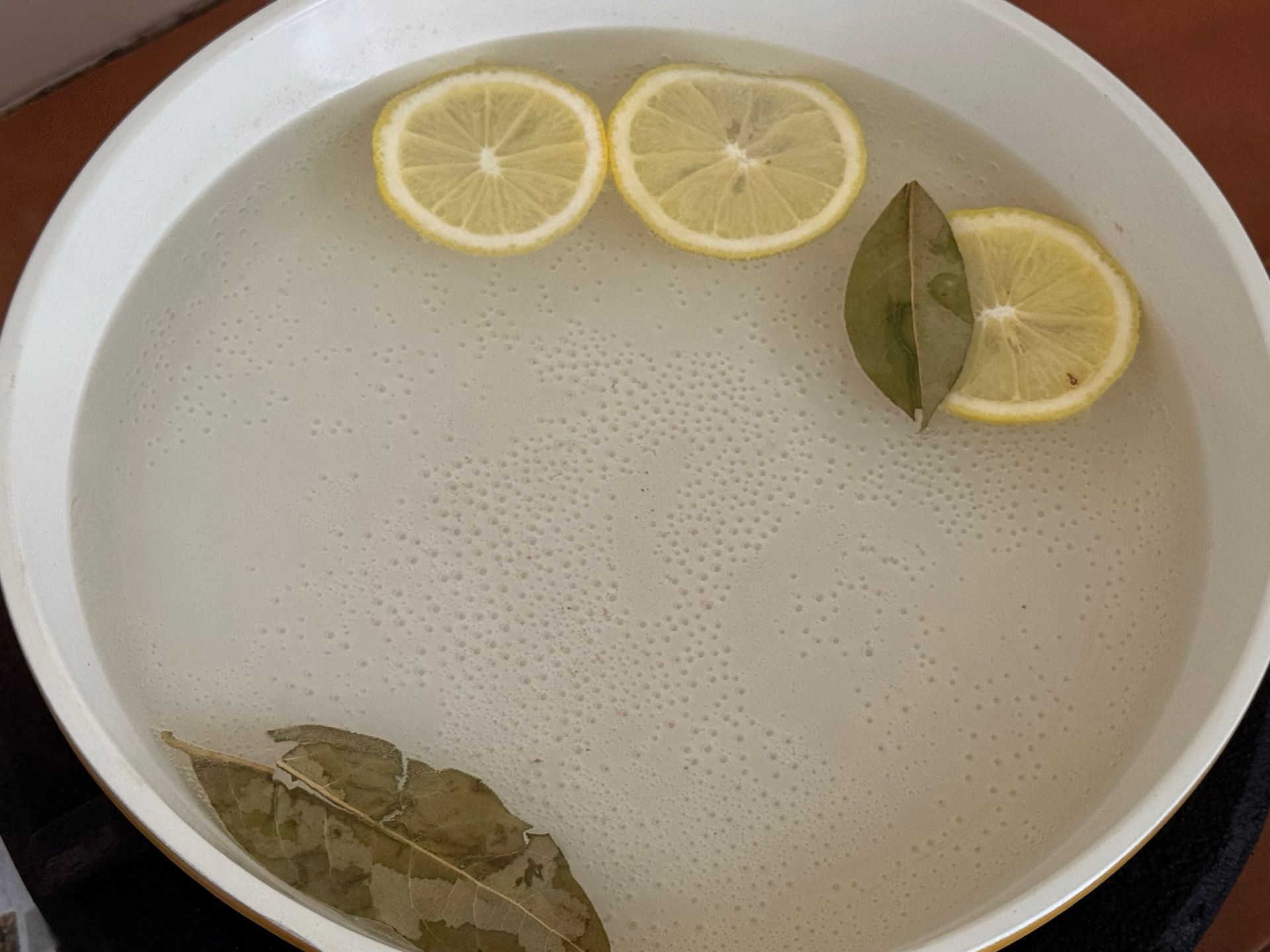

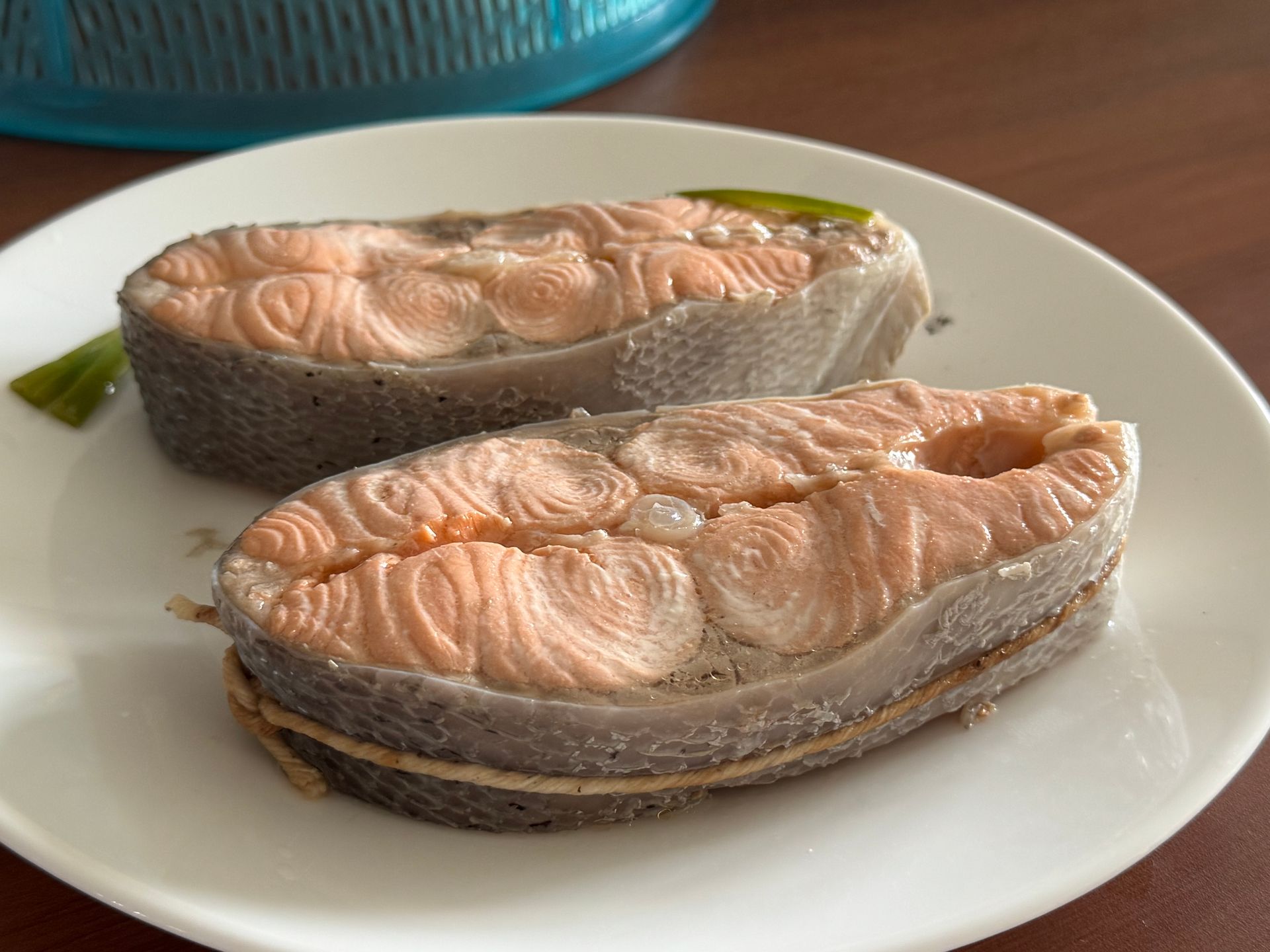
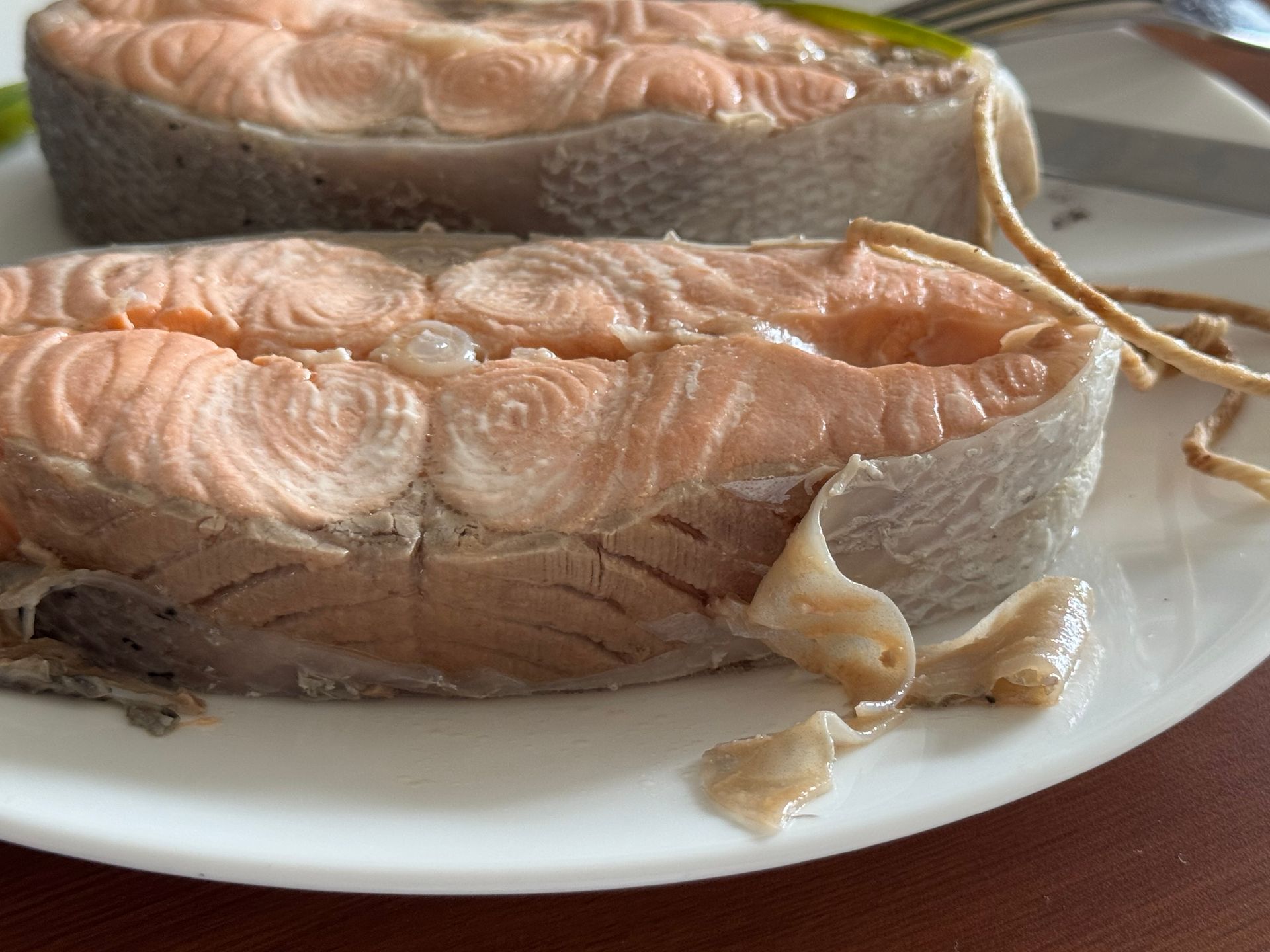
Step 1
Have your seafood butcher fabricate the seafood carefully to eliminate all scales, grills, fins and blood.
Also request the portions are all the same in size, weight and appearance. Since fish have much different thickness at the tail end than in the middle, the portions may be dramatically different. (and will cook differently).
Step 2 Preparing Court Bouillon
Place the water, mirepoix, lemon slices, vinegar, bay leaves, herbs, seasonings into the pan you will poach the fish in and bring to a boil; simmer for 5 minutes. You can strain if you like.
Place the darnes into the hot court bouillon, making certain the darnes are fully submerged. Allow the fish to poach gently for about 10 minutes at 165 ° F, until the darnes reach an internal temperature of 145° F. Do not boil!
Step 3
Place the cooked darnes on to a plate, cut the strings off-discard. Carefully trim the skin, blood line and bones from the darnes. You may choose to return the salmon in to the hot court bouillon for a minute or so to reheat after trimming-be careful and use a perforated spatula to avoid breaking the fish.

